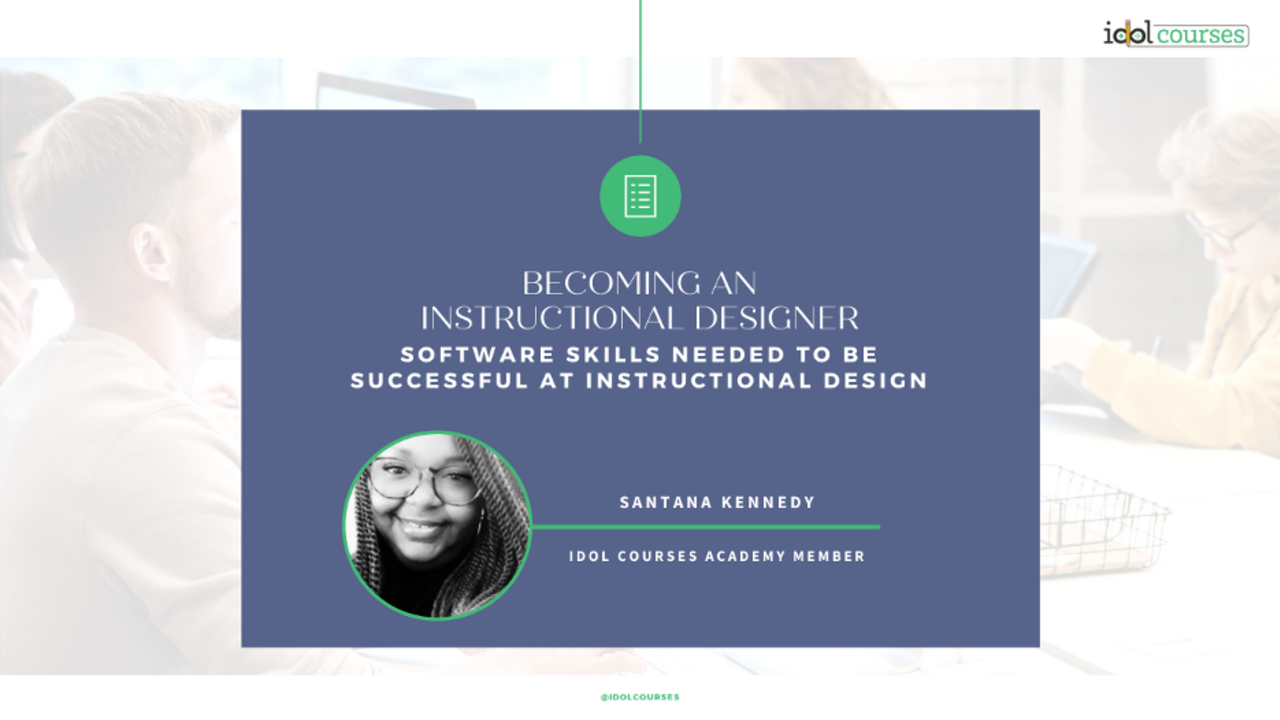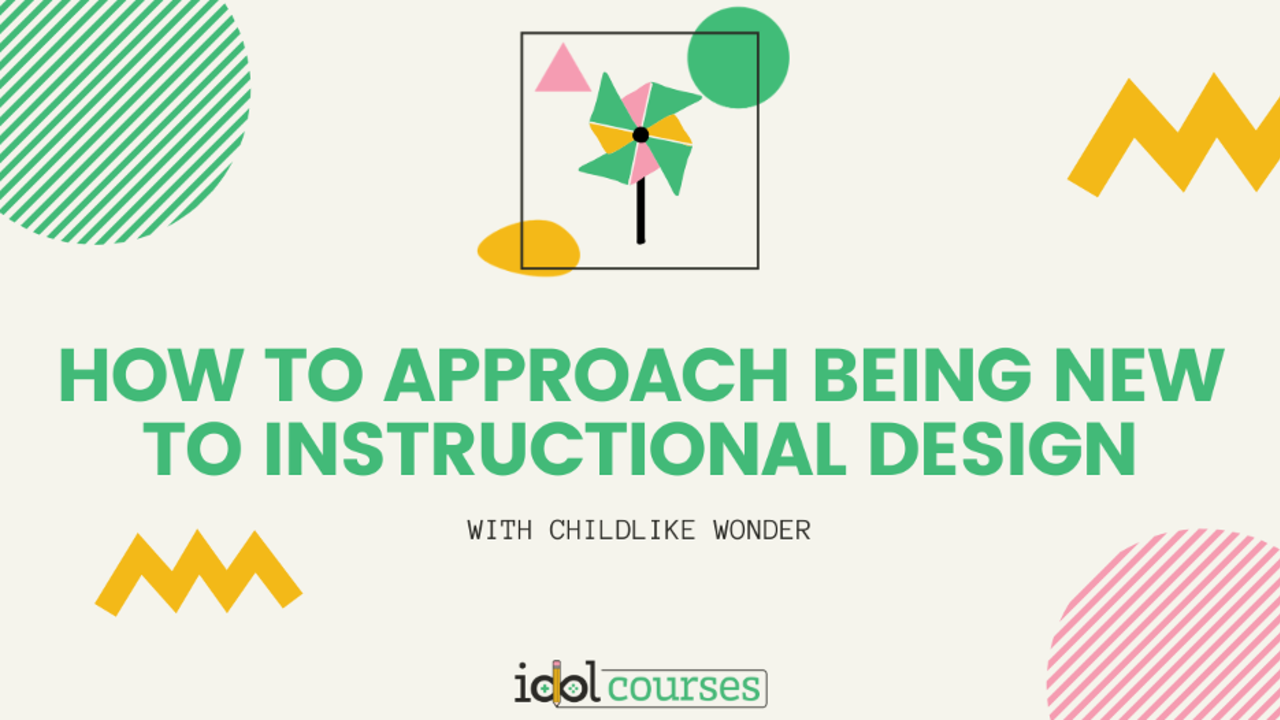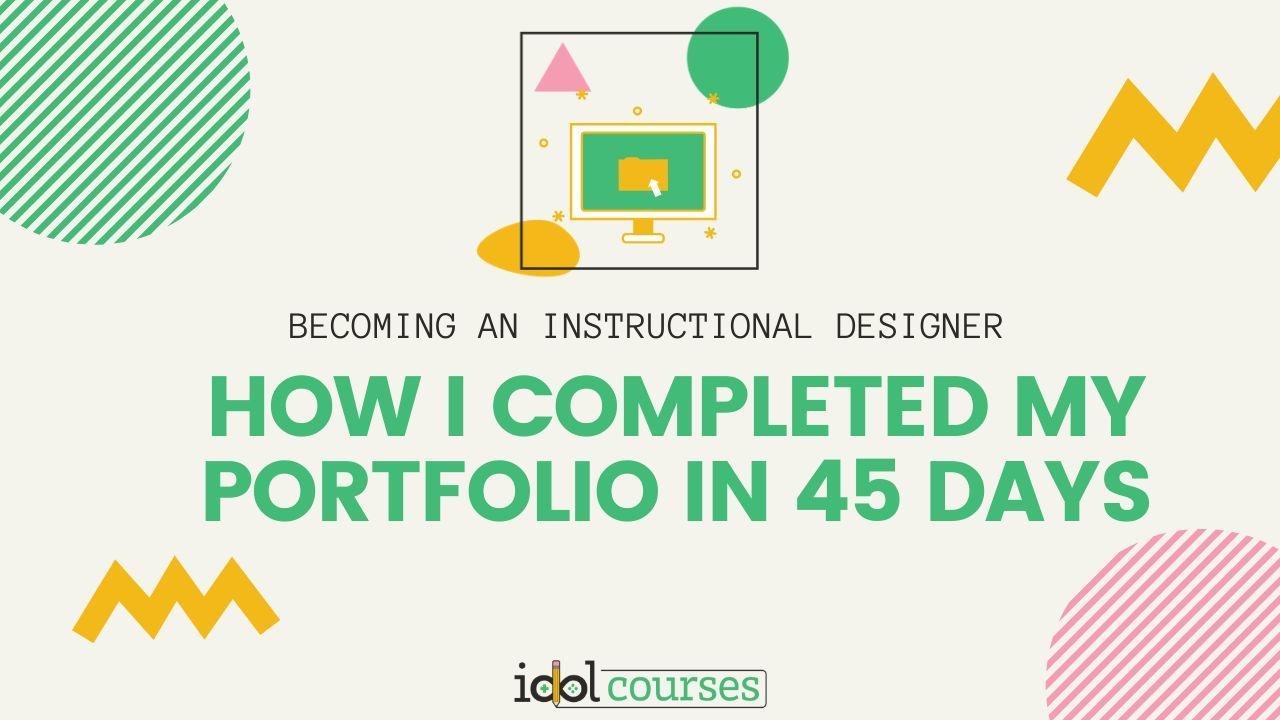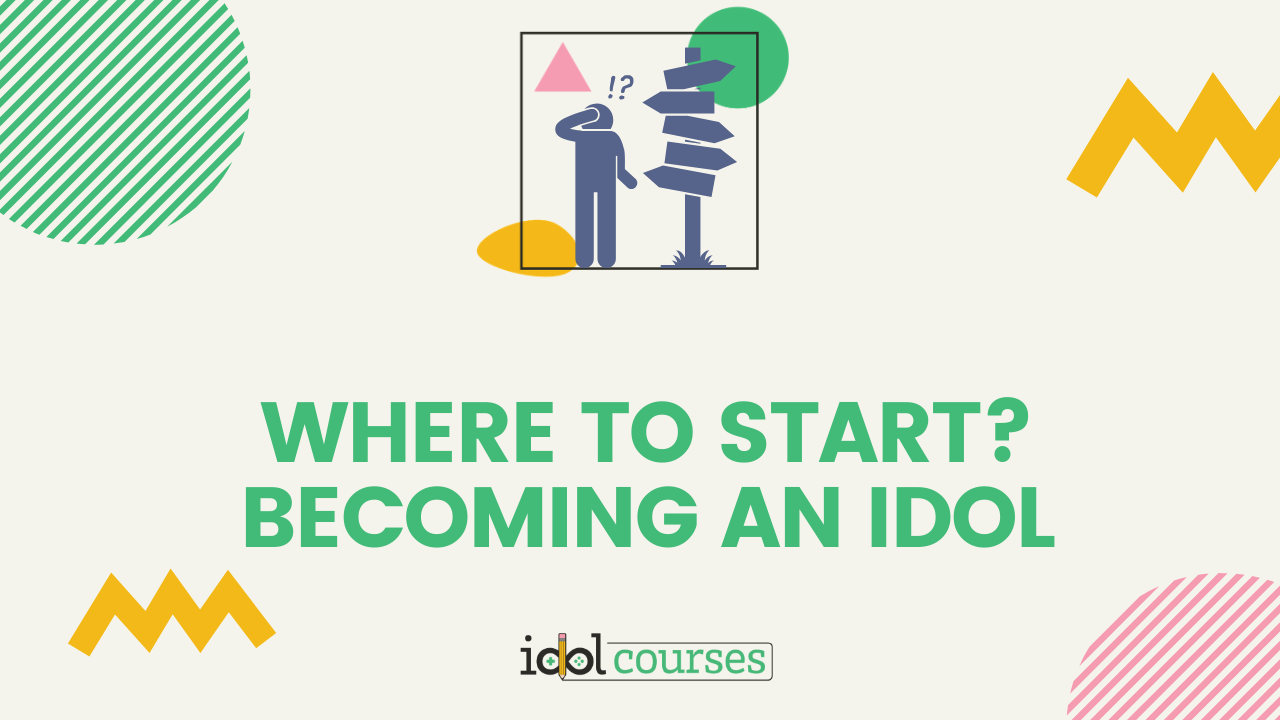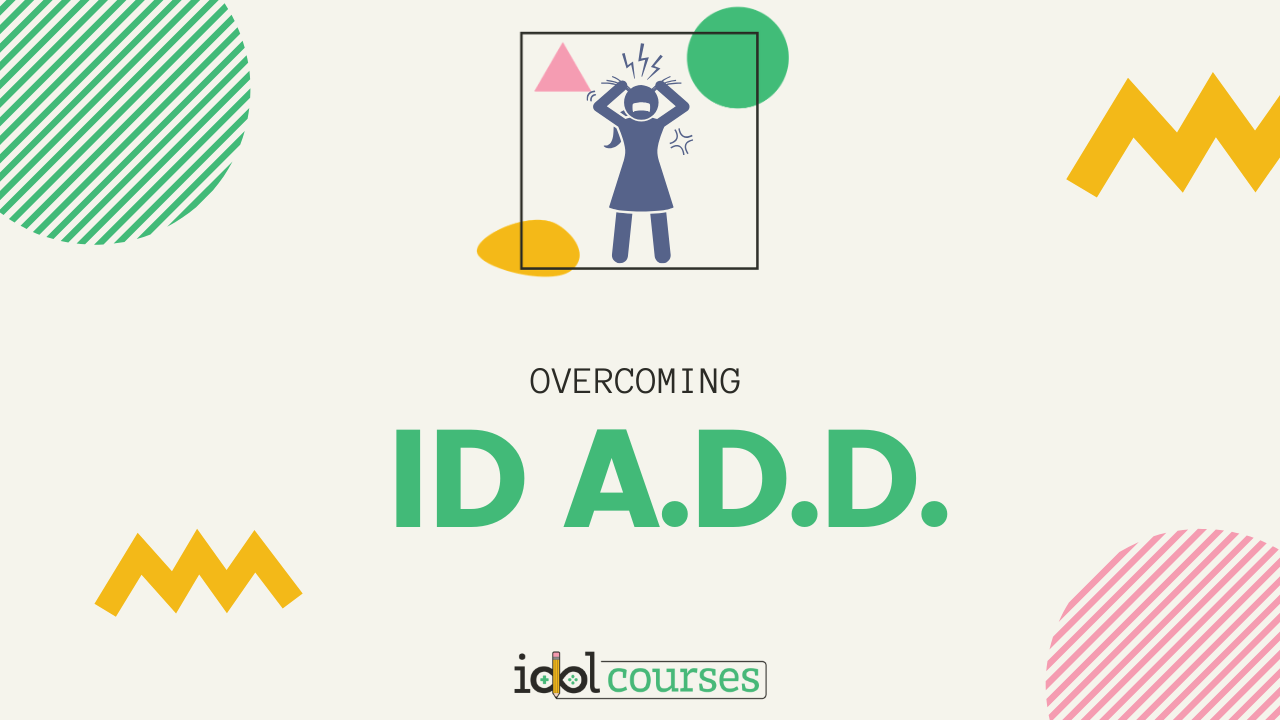
Elevate your instructional design expertise.
Stay ahead with industry news and discover valuable tips and tricks on the IDOL Blog.
Do You Feel Like an Imposter? You're In Good Company
Aug 27, 2020
5 Lessons I Learned Building My Portfolio
Aug 13, 2020
Building a Portfolio Without an ID Job
Jul 30, 2020
The Resume Game: An Engineer’s Approach
Jun 04, 2020
Dear Corporate L&D: You're Missing Out
May 28, 2020
Getting Into Instructional Design: Where Do I Start?
May 06, 2020
Overcoming ID A.D.D.
Apr 16, 2020
Interested in joining the IDOL community?
Join our newsletter below, where we keep you updated on our upcoming cohorts, events and news within the instructional design industry.





